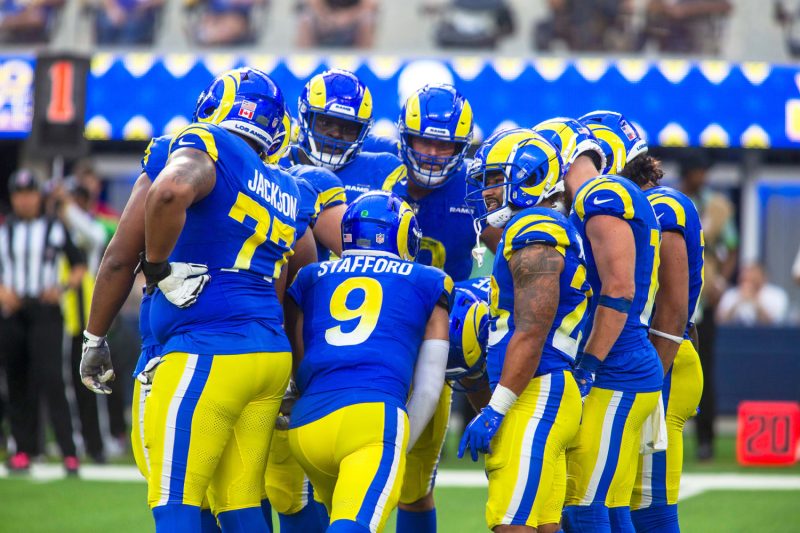
Uncovering the $2 Billion Value Gap Between the LA Rams and the LA Chargers
Los Angeles Football: A Tale of Two Teams
When discussing the NFL teams in Los Angeles, the comparisons are inevitable. Two franchises share a city but possess distinctly different values in terms of market worth. As of recent evaluations, the LA Rams stand out with a staggering $2 billion more in value compared to the LA Chargers. This significant gap raises questions about the factors influencing the disparity between the two teams.
One of the primary reasons for the substantial difference in valuation is the Rams’ long-established presence in the city of Los Angeles. The Rams have a rich history in the NFL, having originally played in Los Angeles from 1946 to 1994 before moving to St. Louis and returning to Los Angeles in 2016. This historical connection has cultivated a loyal fan base and established the Rams as a familiar and cherished entity in the region.
In contrast, the Chargers’ relocation to Los Angeles in 2017 was met with skepticism and struggles to integrate into the local sports landscape. Despite their success on the field, the Chargers have struggled to capture the hearts of Los Angeles fans who are already devoted to other established teams. This lack of strong fan engagement has hindered the Chargers’ ability to build a robust and enduring market presence.
Another crucial factor contributing to the Rams’ higher valuation is their impressive stadium infrastructure. The iconic SoFi Stadium, which the Rams share with the Chargers, is a state-of-the-art venue that represents a significant investment in the team’s future. This world-class stadium not only enhances the fan experience but also serves as a lucrative asset that boosts the Rams’ overall value.
Furthermore, the Rams have made strategic moves to elevate their brand visibility and appeal. High-profile acquisitions, successful marketing campaigns, and strong community engagement initiatives have all contributed to enhancing the Rams’ image and marketability. By actively cultivating a positive public perception and leveraging their resources effectively, the Rams have solidified their position as a premier NFL franchise.
On the other hand, the Chargers have faced challenges in establishing a distinct identity in the crowded Los Angeles sports market. Despite their efforts to build a competitive team and engage with the community, the Chargers have struggled to break through the noise and establish a strong foothold in the city. This lack of differentiation and connection with the local fan base has hindered the Chargers’ growth potential and market value.
In conclusion, the contrasting fortunes of the LA Rams and the LA Chargers illustrate the impact of heritage, infrastructure, branding, and community engagement on the valuation of NFL teams. While the Rams have leveraged their rich history, cutting-edge stadium, and strategic initiatives to enhance their value, the Chargers have faced challenges in carving out a distinct identity and establishing enduring relevance in Los Angeles. As both teams continue their journey in one of the most competitive sports markets, the lessons learned from their experiences can serve as valuable insights for other franchises navigating similar circumstances.
